9 Famous Assam Fruits : Fresh From the Farm
Want to explore the various flavors of sweet and sour fruits in Assam? Here are nine famous Assam fruits you can enjoy in any season.

Updated on : January 8, 2026

Assam is home to a variety of tasty fruits that are rarely found in other parts of India. While some of these less well-known luscious fruits are available year-round, others are seasonal and best savored in the summer.
As the season prevails, treat yourself to these fresh and juicy Assam fruits, which are filled with antioxidants and vitamins.
The natives eat these predominantly sour Assam fruits with salt and chilies, or simmer some of them in broth to intensify the flavor and add a tart punch.
1. Pomelo or Robab tenga

Image Credit: Pixabay
Starting with the most popular one on the list. Pomelo, commonly called Robab tenga, is abundantly found in Assam, and it is quite a favorite of many. This sweet and sour citrus is a rich source of antioxidants that boost immunity. The juicy fruit is also a good source of fiber, copper, potassium, and vitamin C.
It has a thick layer of green or pale yellow color, and the pulp within is so deliciously pink and full of juice-filled beans that it is hard to refuse.
It is best consumed as a salad prepared using salt, chilis, and mustard oil and served on a banana leaf. The spicy punch complements its sour flavor and provides a mouthwatering winter delight.
This popular Assam fruit is either consumed raw or prepared in smoothies and shakes.
2. Jackfruit or Kothal
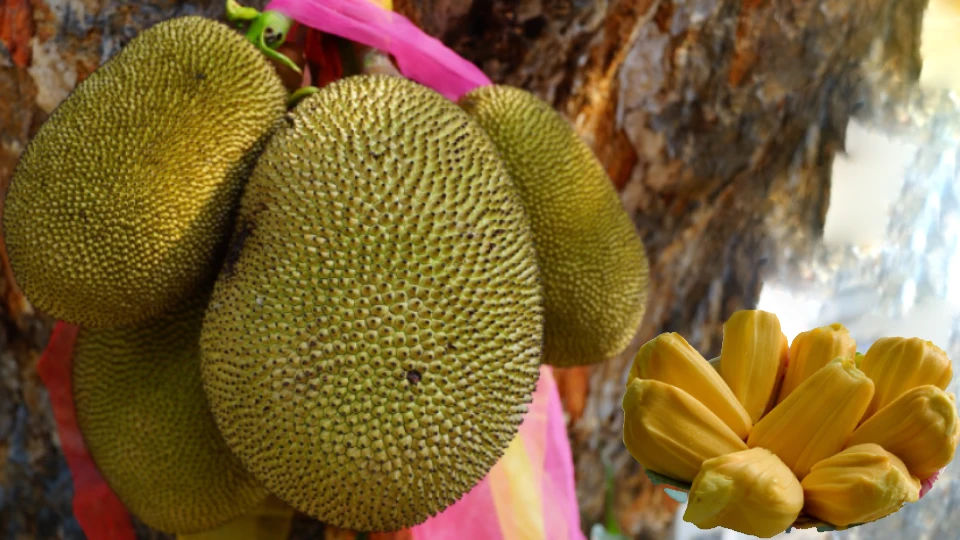
There are people who either love jackfruit or are annoyed with its texture. This complicated fruit is a bit difficult to eat, but the taste is incomparable. The naturally sweet taste of this fruit makes it a summer delight. One interesting fact is that, except for the outer skin of the fruit, everything is edible, including its seed.
In Assam, it is either consumed raw or different pickles are prepared using the unripe fruit. Further the seed is used to prepare curry with other ingredients. A popular Assamese dish called Kothalor musi is prepared using unripe jackfruits and added spices cooked in the form of gravy. Also, the seeds are dried, roasted, and finally mashed and consumed as pitika or simply cooked with daal.
For the first time, Assam exported a consignment of 1.5 metric tons of tender jackfruit from Dhubri district to Dubai in April 2022.
3. Indian Olive or Jolphai
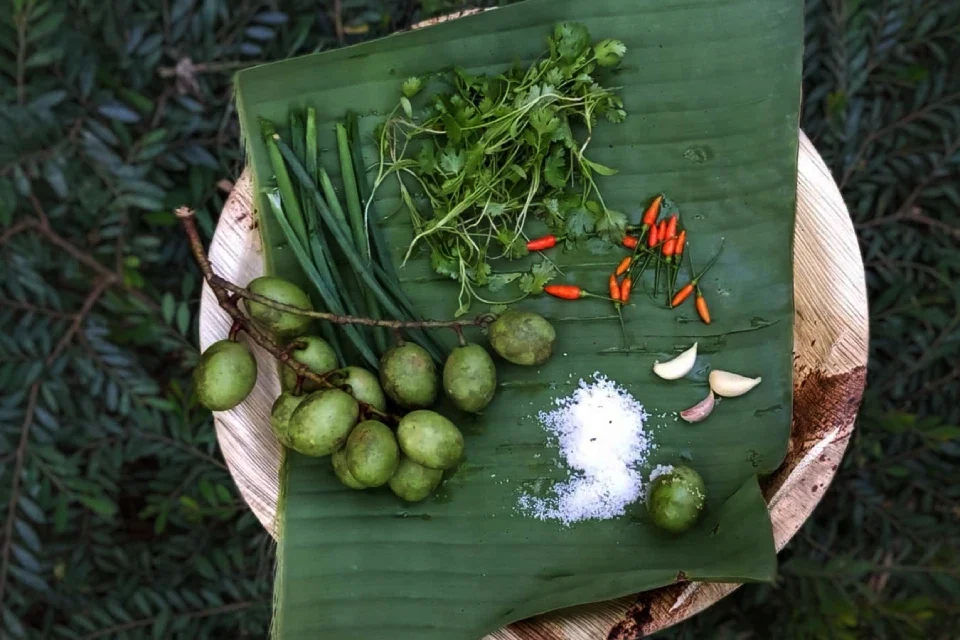
Another sour Assam fruit on the list is the Indian olive or Jalphai. It is mostly used to prepare pickles, both sour and sweet. It is known as chorphon in Manipuri, veralu in Sinhala, veralikkai in Tamil, kaarakka in Malayalam, and Ceylon olive, Indian olive, or wild olives in English.
This Assam fruit is not only tangy and delicious but also rich in vitamins, proteins, and carbohydrates. It is also used as a souring agent in many Assamese dishes, mainly broths.
A sour and sour chutney is prepared with boiled Indian olives, salt, jaggery, and a minimum of spices, or these olives are eaten raw, just like pomelo.
4. Starfruit or Kordoi tenga
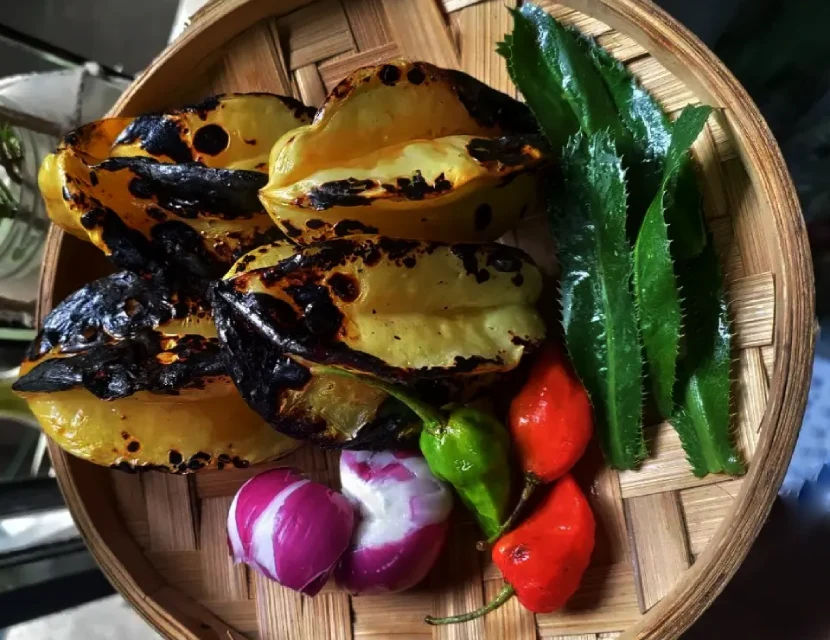
Carambola, or starfruit, is a fruit native to Southeast Asia and is abundantly found in Assam. It is a famous Assam fruit, which again contains a tangy taste. A soft and pulpy flesh inside and a thin outer cover. Green and yellow in color. It can be found in two varieties: a small, sour one and a larger, sweet one.
Here’s a quick recipe of kordoi tenga just as prepared by the locals:
Roast 2-3 whole starfruits on medium heat and shed the outer covering. Add some chillies, preferably Bhut Jolokia, mustard oil, salt, and sugar, and mash it till the aroma completely dominates your senses. Voila! The delicious Koidoi chutney is ready to serve.
5. Jujube berry or Bogori

The most loved seasonal Assam fruit It is a small berry, sweet and sour in taste. A winter fruit that ripes in the months of January to February.
Jujube berries are mainly used to prepare different types of pickles, including jaggery and bogori sweet pickles and bogori and tamarind pickles. These berries are also eaten raw with salt and chilies.
One of my grandmother’s favorite recipes was Bogori laru, where she sundried the jujube berries and ground the flesh, removing the seed. A thin powder is produced, which is then mixed with jaggery and turned into sweet balls, or laddus. The fine powder is also mixed with water and consumed as a drink with added salt and sugar in the summer to tackle dehydration.
6. Gamboge or Thekera
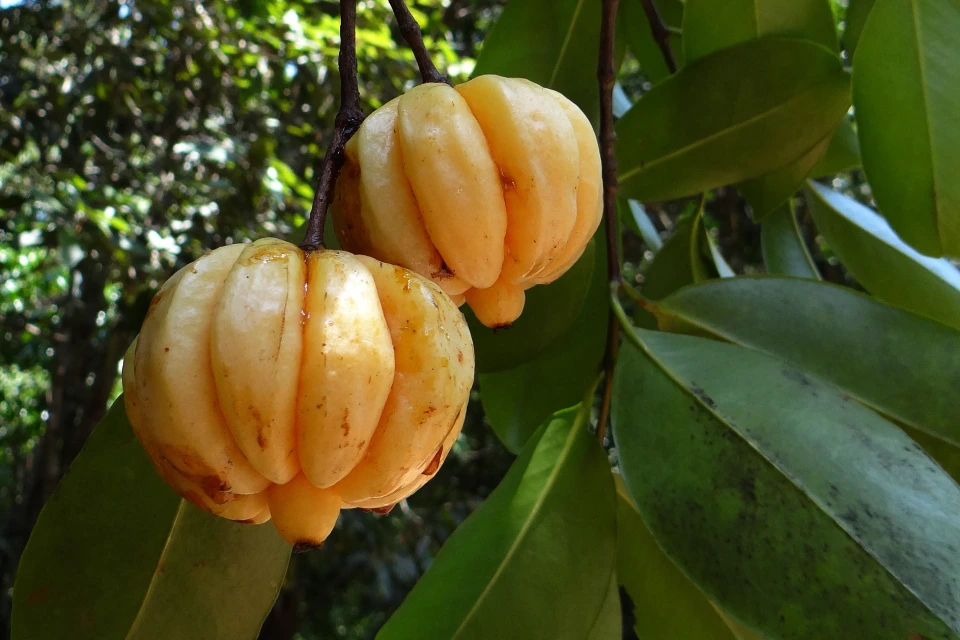
Thekera tenga is a native Assam fruit found in winter. It is primarily used as a souring agent in the preparation of broths and has many medicinal properties. Used to treat stomach issues, dysentery, and gastritis.
It appears yellow in color and is the size of an apple. The fruit is de-seeded, cut into slices, and sun-dried, which is later stored and consumed either as a drink or shimmered in broths. It is also an essential part of the Masor Tenga recipe.
Do you know that traditionally, the villagers of Assam use this fruit to overcome alcohol hangovers? Basically, now there’s another savior along with the lemon.
7. Elephant Apple or Ou tenga
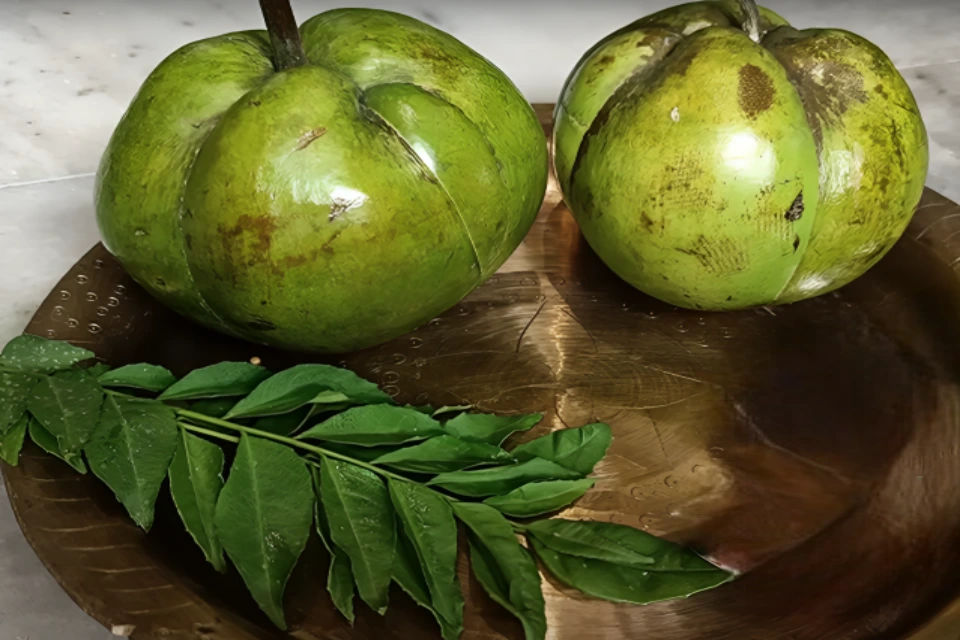
A very famous Assam fruit that is not commonly found in other parts of India. It is another winter fruit. Elephant apples are either cooked as chutney, added to broths, or prepared as pickles. It has a hard outer covering; therefore, it is boiled to soften it and preferably not eaten raw. Commonly called Chalta in West Bengal.
It has antioxidant properties as well as being a rich source of vitamin C, it is used to treat hypertension and kidney problems.
Elephant apples are mainly used as souring agents in fish curry and different broths called Ou tenga jhol.
8. Myrobalan or Xilikha
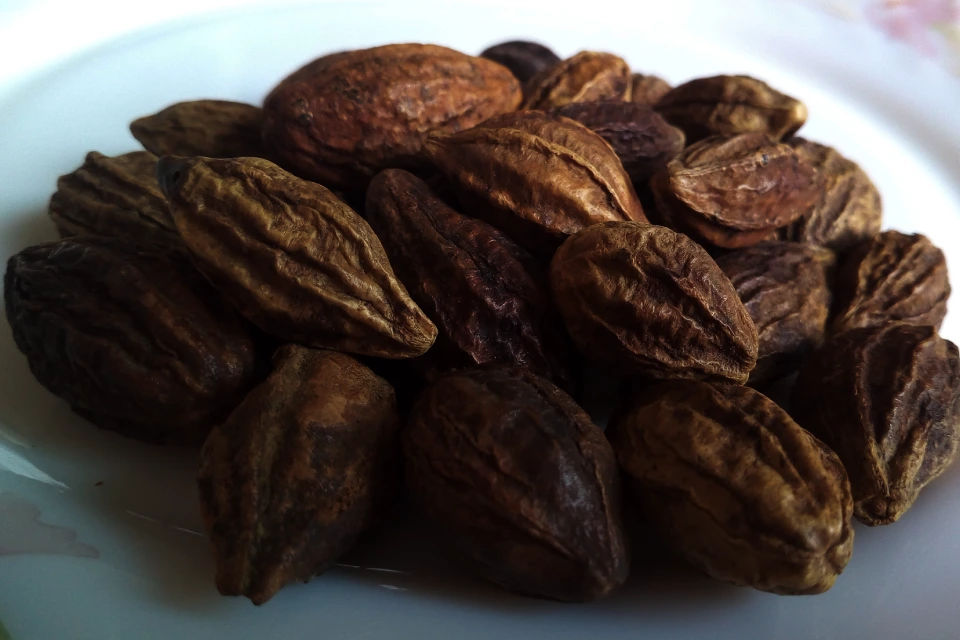
A slight difference added on to the list, other than the sweet and sour juicy fruits, this Assam fruit is a bit odd in taste. But don’t you worry as the health benefits would compensate with the bitter and odd taste.
Xilikha in Assam is consumed in preparing many medicinal broths and even raw. But the most popular way of eating it is boiling and sun drying it with salt.
Commonly known as Harad in India, it serves as an excellent diuretic, antiseptic, cardiotonic and laxative. It is a great appetizer and the primary constituent of Ayurvedic solutions Triphala. Rich in Vitamin C and minerals, Xilikha is termed as the elixir in Ayurveda due to its curing properties.
It’s interesting to know that during the wedding rituals in Assam, this popular Assam fruit is offered by the groom to the bride with the other gifts as a part of Shagun as well.
9. Baccurea or Lataku

Last on the list is a comparatively lesser-known Assam fruit called lataku, or bubi in Bengali. A summer delight that is pinkish yellow in color and has small, plum-sized fruit with a pulpy segment inside. It is eaten raw, removing the velvety outer skin.
Lataku has a sweet and sour taste, and various jams and wines are also produced from these fruits.
The fruit contains high fiber, carbohydrates, and various bioactive compounds that help cure skin diseases and boost immunity.
Note: Don’t forget to grab a basket on your next visit to Assam because leaving these irresistible fruits behind would be quite a task.



